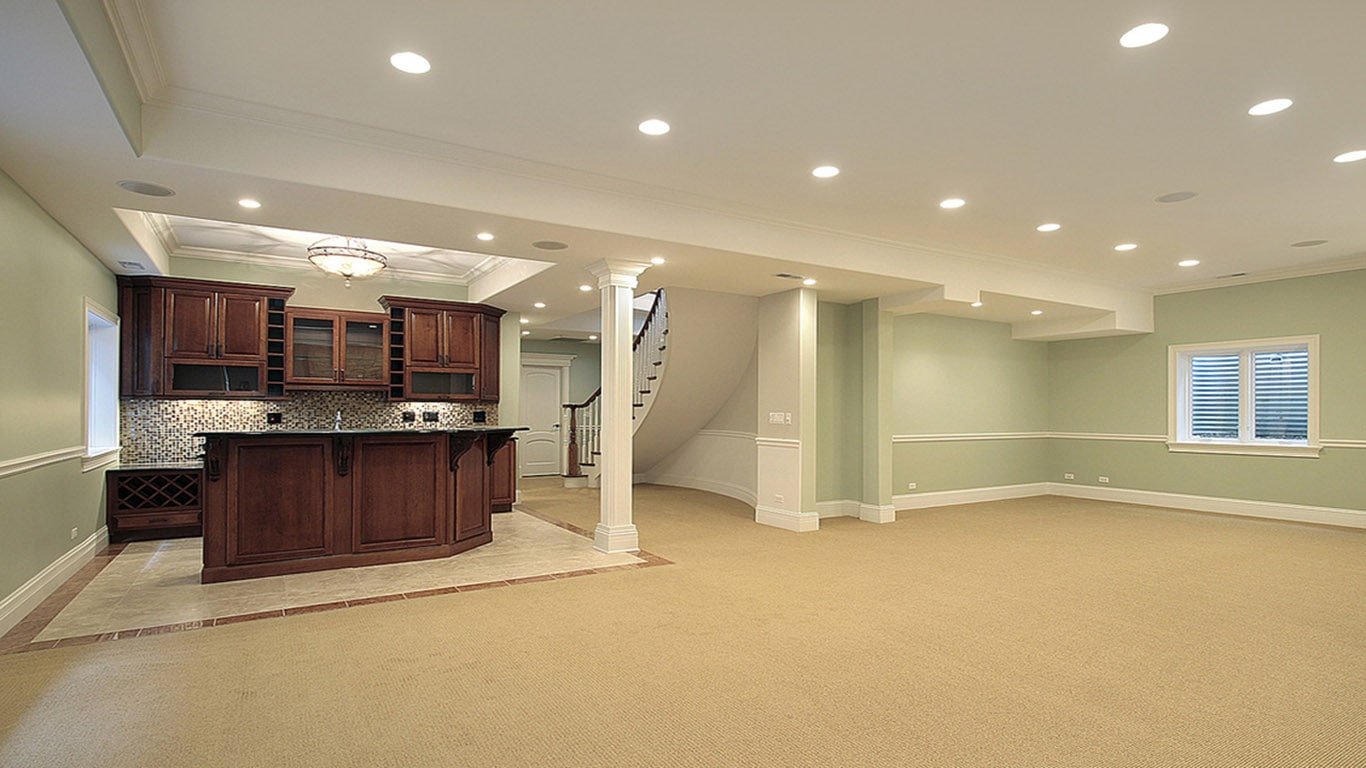
Finally, the new tape should be smoothed out with a putty knife. Next, you can spread the joint compound over the entire area, ensuring that the new tape overlaps the old one on both sides. It has an excellent reputation among industry professionals and is a good choice for beginners and experienced drywallers.Īfter repairing the bubble in drywall tape, you can use a utility knife to press the air out of the area. Among the most popular drywall products is US GYPSUM All-Purpose Joint Compound. This will prevent complications and unnecessary repair work. It is also essential to choose a high-quality drywall compound. After applying the compound, use a little force to level the tape and push out excess mud.Īpplying drywall mud is an integral part of a drywall project. Applying the compound evenly will prevent material from lumping and mud from popping. It would help if you did not scrape or cut the drywall tape, as this can cause damage to the rotator cuffs. When you apply a second coat of drywall mud, it is best to overlap the cut edges by 1/2 inch.Īpplying drywall compound will also help you to fix a bubble in drywall tape. However, if the bubble extends over the tape joint, it should be cut along the width. This will help seal the tape and smooth out the edges.īubbles in drywall tape may be difficult to notice, but if they extend over the seam, it is easy to cut out the bubble and apply fresh mud.

Once it has been set, apply a second coat of compound over the area. Make sure that the compound is mixed correctly. Next, apply drywall mud or joint compound to the exposed area. The blade should be held at a 45-degree angle. The first step in repairing a bubble in drywall tape is to cut out the bubble with a knife. Using a putty knife can also help you ensure that there are no air bubbles in the new piece of tape. You want to make sure it is flat over the joint compound. The new piece of tape mustn’t have bubbles. The next step is to use a putty knife to smooth out the new tape. If the area is too moist, use a dehumidifier to remove the excess moisture in the walls. This causes the tape not to seal correctly, leading to larger bubbles. Sometimes, a bubble is caused by too much moisture in the wall. This step is crucial as the bubble can cause further damage to the wall, which will make the patching job more difficult. Next, use a putty knife to cut off the bubbled portion of the tape, leaving at least one inch of the tape on either side of the bubble. But, cut the tape away from the bubble by about half an inch (1 cm), so you can overlap the new tape on both sides. You can do this by using a utility knife. One of the first steps you need to take when trying to fix a bubble in drywall tape is to cut the bubble out. Then, you can repeat the procedure the following day. Once the compound is applied, smooth the edges and let it dry overnight. You can buy a 2-inch tube and apply it with a putty knife. However, some easy fixes can solve your problem. The problem can be frustrating, especially if you’re in the middle of a vast project.
#BUBBLES IN DRYWALL TAPE HOW TO#
You’re not alone if you’ve ever wondered how to fix a bubble in drywall taping. Spread joint compound over the drywall seam using a putty knife, then apply a new piece of tape over the space where you removed the bubble.

Then, cut out and remove the bubbled area of tape. To fix a drywall tape bubble, first chip off any hardened joint compound on top of the bubble. Most individuals will try to hide the bubbles with a new layer of compound. Because the joint compound was not fully imbedded on the tape, bubbles formed. Poor installation is the only explanation for bubbles developing behind the drywall tape.


 0 kommentar(er)
0 kommentar(er)
